What was I doing trolling the Recruit Military Opportunity Expo? It never hurts to see what is out there and to network. For me, I had a different plan, but the networking is always a good idea. I’m always open to new opportunities. You never know when a gem of an opportunity comes your way.
Here’s one kind of opportunity: the kind where I get to talk to others about training and development, communication and getting the most out of experiences–the best experiential training you can get, and applying it to the future. Everyone knows experience is invaluable training, plus the military already trained the attendees, so the company’s representatives were looking at a ready resource with most of the basic training (no pun intended) taken care of. As for the educational reps, it was a perfect venue to encourage career change or development. More training.
In the course of my “trolling” I was in a position to promote and learn, network and learn about my audience. How do traditional colleges and universities view Corporate Universities? Some hadn’t even heard of them until I dropped a few names like McDonald’s university, “Hamburger U,” “Motorola University,” and “Boeing University;” however, in return, the schools I talked to were more than willing to tell me how they viewed training for the job.
An interesting note. One such institution felt there was a difference between teaching and training, and that had to do with an “educational” distinction: ensuring students compare what they were learning and applied what they learned to what they think–essentially the reality they understand. My reaction? I hope the trainers I know do the same thing. Trainees should be allowed to think, too. If they are not allowed to think, kiss creativity and innovation bye-bye.
What training value is there in attending a job fair for the trainee other than a job or educational opportunity? All of the above and more.
It not only gives you a chance to see what is going on in your field and others, it also gives you a chance to practice communication skills–sometimes interviewing skills. Think of each encounter as practice listening and selling yourself. Not only are you practicing what you know, it may have surprising results. An opportunity you only dreamed of may present itself. Yes, that very reason, job fairs exist: to snare you. If you are ready to be snared for that dream job, so be it. No one will really hold it against you. If most colleagues were to admit it, they would admire you and know you deserve it for your initiatives. However, if that scenario doesn’t happen, be satisfied that you were in a continuous learning mode. Seeing the reps out has a motivating effect for you as you realize, “I have a good job,” or “This educational opportunity might be just for me.”
I have to say the best lessons learned are those where you caught the mistake yourself and vowed never to do it again. I learned some here that I thought I would pass on to you.
This was a last minute decision. I threw resumes and materials I had on hand together and left out the most important part of my package: my business cards. Bad but not worse, someone even commented my headshot did not look like me. On the positives side, I made conversation–even though I’m a little shy. I went table to table, and started out by touching base with the Marines, sort of using it as my comfort zone. I’m too old to re-enlist but a good chance to warm up and see what the current group of Marines are facing when they come back. I really am shy, and this warmed me up. I then spoke to various companies and schools about training and development, about speaking and teaching, even about writing about theatre and theatrical reviews–all things connected to me somehow and tried to connect those skills to the company or school I spoke to. I even spoke to the event organizer about having a speaker to welcome and motivate “troops” (hinting, of course, I can do that and I would do it for free). However, he noticed my lack of business cards. Not good.
My biggest mistake was making this a last minute effort. However, it was still worthwhile. As I said earlier, let’s learn from the mistakes I made and shall endeavor never to repeat. Now, you…
Do prepare a package of generic materials, or better yet, materials that are specifically aimed at companies in which you see value in interfacing. Let them see the best side of you. No matter how good you can talk about yourself, these reps have seen hundreds of people, some just like you, and in some venues even more than hundreds. Well crafted and targeted materials will be remembered longer than you and will help them remember you in person.
Do remain positive and do your best to remember the reps’ names. When talking to them, be cognizant that others may overhear or even be listening intently on purpose. I had one fellow, with whom I had spoken to earlier, come over and join a rival rep to hear more. I hope it was because what I had to say was interesting.
In addition to ensuring your materials are up-to-date, make sure you bring up-to-date business cards as well. I forgot my business cards, but I also noticed my materials did not have my latest web address. I had my first blogging address, which is actually under a heading called What I Say on my new website. Having to explain that after making a good impression is simply awkward.
Finally, look in the mirror and look at your headshot on your materials if you have them. Smile. It ought to be close to what you look like now. If you changed a lot, or lost (or gained, sorry) weight, I’d get a new one. For people in the face-to-face business like trainers, speakers and, oh yes, actors, headshots are a must. Word to the wise though. A headshot sent when it is not expected can make you look like an egotist instead of a professional–especially if it is an 8″ by 10″ like an actors. 2″ by 2″ or a little more is more than adequate for a business profession and a part of your resume–not a separate document, except maybe a bio you might use on speaking engagements. Make sure a professional headshot is an appropriate part of your resume or brochure. It used to be few resumes had them. With technology today it is easy to do.
Headshots should be professionally done by a specialist because not every photographer knows how to do them according to the market, and show you at your best. It should not distract from the written material on the page. If it shows things about you that could have your resume dismissed–say you look too young for the potential the job is asking for. you don’t want to lose consideration because to them you look 15, give yourself a chance to impress them first. It is a matter of perception and youth not always equated with experience. Attractiveness is still a factor so try to make your picture as attractive as possible, and don’t be negative; headshot professionals can work wonders. Look at mine. Still don’t feel comfortable with the outcome, maybe that is the time you do not put a picture of yourself on the package you send, but of something more generic like a classroom training. A stock photo.
Professional headshots can be expensive, but worth it. Good photographers take as many as a hundred pictures and all you have to do is find just one. As an actor, I had the help of a casting director; however, feel free to ask a colleague you trust, or better yet a previous client who has become a friend over time. Some may disagree with that, but I don’t see any harm done.
—
For more resources about training, see the Training library.
Perhaps, not the pithiest opinion piece from me, but sometimes it’s those little things that trip us up in the training world. I am always looking at training and development from several perspectives and I hope it is of value to you. We get busy and we forget. Remember, all said here is my own and The Free Management Library. The Library offers me this wonderful opportunity to connect with you, but don’t forget there are more direct ways. Some of you may know that I am retiring from the Federal government this August 31. I plan to still be here on the Training and Development Blog, but this means I will have more time for hands-on train and develop training. Since this is not the place to promote my services, please just take a look at my website and contact me if you are interested in seeing what I can do for you or your company. You’ll also find I write about communication, theatre and theatrical reviews. Or Follow me on Twitter. For a look at the human side of training from my Cave Man perspective, please check out my book, The Cave Man Guide to Training and Development. Happy training.
 Sections of this topic
Sections of this topic














